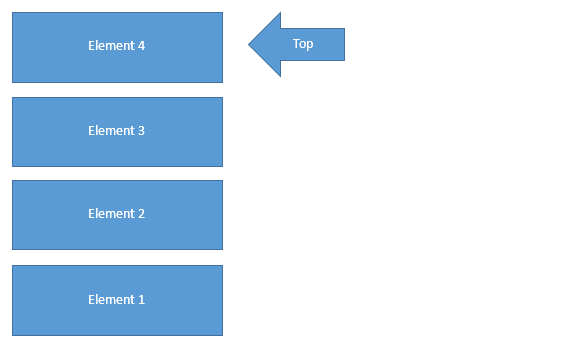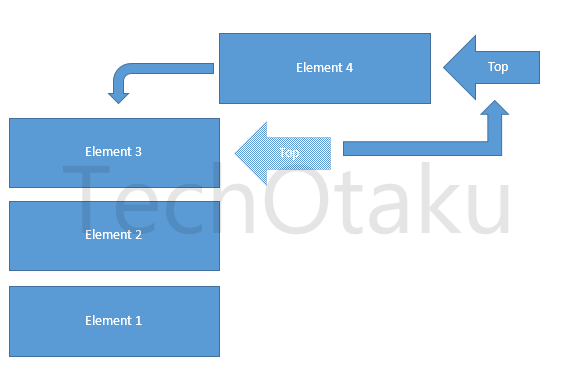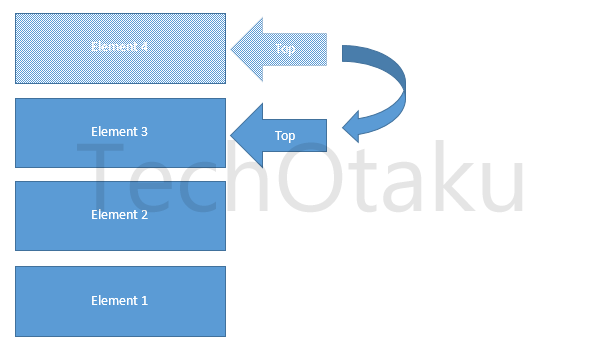继续发水文,今天说说“栈”(stack)这一数据结构。
栈应该算是数据结构中比较简单的一种,其原理一句话就可以解释清楚,即元素是“先进后出”的。如果把栈想成一摞书,就很好理解了。每次放书都只能放到最上面,而每次取书也只能取最上面那一本。当然书架的空间是有限制的,当你需要放书的时候你需要判断这摞书是否到顶了,如果到顶了你就没有办法再往上面放了;而取书的时候,如果这摞书已经空了,就不能取书了。栈同样有自己的限制。为了更加方便地去判断这摞书还能不能放或者取,我们需要记录书的数目。同样,我们在栈里也需要一个记录栈中元素数目的变量,我们称之为栈顶(top)。

这样,我们就有了构建一个栈所需的必备的结构,接下来,我们需要明确的是对栈的操作。栈的两个基本操作分别是——压入(Push)和弹出(Pop),即元素进栈和元素出栈。每进入一个元素,栈顶+1,每弹出一个元素栈顶-1,当然这其中还需要增加对栈空与栈满的判断,这实际上已经很容易做到了。


接下来就是代码,用C语言实现,在Dev-C++ 5.7.1 + Windows 8.1 x64下面编译通过。
#include <stdio.h>
#define STACKLEN 50 //Define the length of the stack
/* Define the structure */
typedef struct _stack
{
int array[STACKLEN];
int top;
} list;
/***********************************************************
Function Name: init_stack
Function Description: Initialize a stack.
Inputs: Pointer of variable of structure _stack. Eg. init_stack(&example);
Outputs: None.
Notes: None.
************************************************************/
void init_stack(list *seqstack){
int i=0;
for (; i < STACKLEN; ++i)
{
seqstack->array[i]=0;
}
seqstack->top=0;
}
/***********************************************************
Function Name: check_stack_empty
Function Description: Check a stack if it is empty.
Inputs: Pointer of variable of structure _stack. Eg. check_stack_empty(&example);
Outputs: 1 means empty; 0 means not empty.
Notes: None.
************************************************************/
int check_stack_empty(list *seqstack){
if (seqstack->top==0){
return 1;
}else {
return 0;
}
}
/***********************************************************
Function Name: check_stack_full
Function Description: Check a stack if it is full.
Inputs: Pointer of variable of structure _stack. Eg. check_stack_full(&example);
Outputs: 1 means full; 0 means not full.
Notes: None.
************************************************************/
int check_stack_full(list *seqstack){
if (seqstack->top==STACKLEN-1){
return 1;
}else {
return 0;
}
}
/***********************************************************
Function Name: push
Function Description: Push an element into a stack.
Inputs: Pointer of variable of structure _stack and value to input.
Eg. push(&example,value);
Outputs: 1 means full and exit ; 0 means not full and success.
Notes: Use Function check_stack_full.
************************************************************/
int push(list *seqstack,int x){
if(check_stack_full(seqstack)){
return 1;
}else{
seqstack->array[seqstack->top]=x;
seqstack->top+=1;
return 0;
}
}
/***********************************************************
Function Name: pop
Function Description: Pop an element from a stack.
Inputs: Pointer of variable of structure _stack.
Eg. pop(&example);
Outputs: 1 means empty and exit ; 0 means not empty and success.
Notes: Use Function check_stack_empty.
************************************************************/
int pop(list *seqstack){
if (check_stack_empty(seqstack))
{
return 1;
} else{
seqstack->array[seqstack->top]=0;
seqstack->top-=1;
return 0;
}
}
/***********************************************************
Function Name: print_stack
Function Description: Print all elements of a stack.
Inputs: Pointer of variable of structure _stack and the length to print.
Eg. print_stack(&example,length);
Outputs: None.
Notes: Use Function check_stack_empty.
************************************************************/
void print_stack(list *seqstack,int l){
int i=l-1;
if (check_stack_empty(seqstack)){
printf("========STACK========\n");
printf("The stack is empty.\n");
printf("=====================\n");
}else{
printf("========STACK========\n");
for (; i>=0; i--)
{
printf("%d\n",seqstack->array[i]);
}
if (check_stack_full(seqstack)){
printf("The stack is full.\n");
}
printf("=====================\n");
}
}
int main(int argc, char const *argv[])
{
int i=0;
int cnt;
list seqstack;
int input=0;
init_stack(&seqstack);
int choice=0;
printf("Now initializing the stack.(The stack length is 50.)\n");
printf("Please input length of the stack:");
scanf("%d",&cnt);
do{
printf("=========MENU========\n");
printf("1:Push a element into the stack.\n");
printf("2:Pop a element of the stack.\n");
printf("3:Print all the element of the stack.\n");
printf("0:Do nothing.\n");
printf("Please select the option:");
scanf("%d",&choice);
switch(choice){
case 1:{
printf("Please input a number:");
scanf("%d",&input);
if (push(&seqstack,input))
{
printf("The stack is FULL!\n");
}else {
printf("Push success!\n");
}
};
break;
case 2:{
if (pop(&seqstack))
{
printf("The stack is EMPTY!\n");
}else {
printf("Pop success!\n");
}
};
break;
case 3:{
print_stack(&seqstack,cnt);
};
break;
}
}while (choice!=0);
return 0;
}
代码中我把判断栈空或者栈满分别用一个函数来实现,压入弹出也写成了一个函数,可以方便未来的调用。当然这个例子也仅仅是实现一个栈的基本功能,仅仅是数字的输入输出,但是还是能够帮忙理解栈的原理。栈多应用于四则运算表达式的解析,当然还是这里留个坑。

我正需要理解这些东西,凑巧就在这找到了。很形象!
您好,您的程序在判满时明显有问题,您实现的应该是空递增栈(姑且这么认为吧),简单的入栈出栈就出错了。
您说的问题应该是指判断栈满的代码有问题(调试了一下确实如此),总之感谢大神指导,我当初写的时候加上写完调试的时候没有注意到这一点,感谢指出。